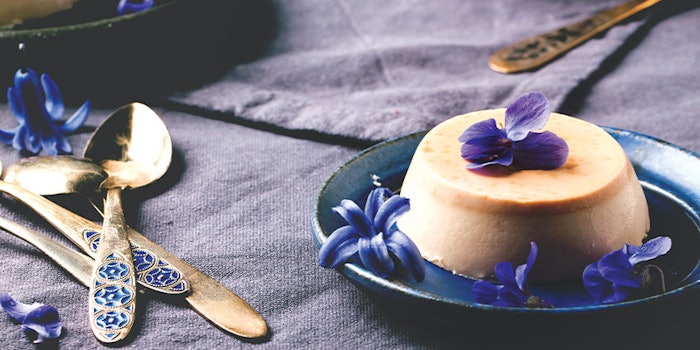
It is sometimes fun to be wrong. At least that’s what I keep trying to tell myself. In any case, it is actually always fun to learn something new. Many years ago, I tried to determine, on odor alone, if α-ionone or β-ionone was the best representative of the violet primary odor. α-Ionone had a clean floral violet note, perhaps with a faint powdery nuance. β-Ionone, on the other hand, seemed to have an obvious cedary character underneath the violet. My choice seemed clear; α-ionone was the cleanest violet note. The small but subtly nagging worry in the background was that β-ionone was far more widespread in nature than α-ionone. It now looks as if I was wrong; β-ionone is well on the way to being established as the violet primary note.
Both ionones have something to contribute to a range of flavors, sometimes alone and sometimes in combination, but β-ionone undoubtedly has the edge in respect of versatility. Despite that conclusion, the two ionones are really quite different, and there are a number of areas where α-ionone (FEMA# 2594, CAS# 127-41-3) shines.
α-Ionone is the subject of this article, and β-ionone will be the subject of the article next month.
Note that the dose rates given throughout this article are the levels suggested for use in flavors intended to be dosed at 0.05% in ready-to-drink beverages or in a simple bouillon.
For the full article, please check out Perfumer & Flavorist's December 2020 issue.











